Back to Courses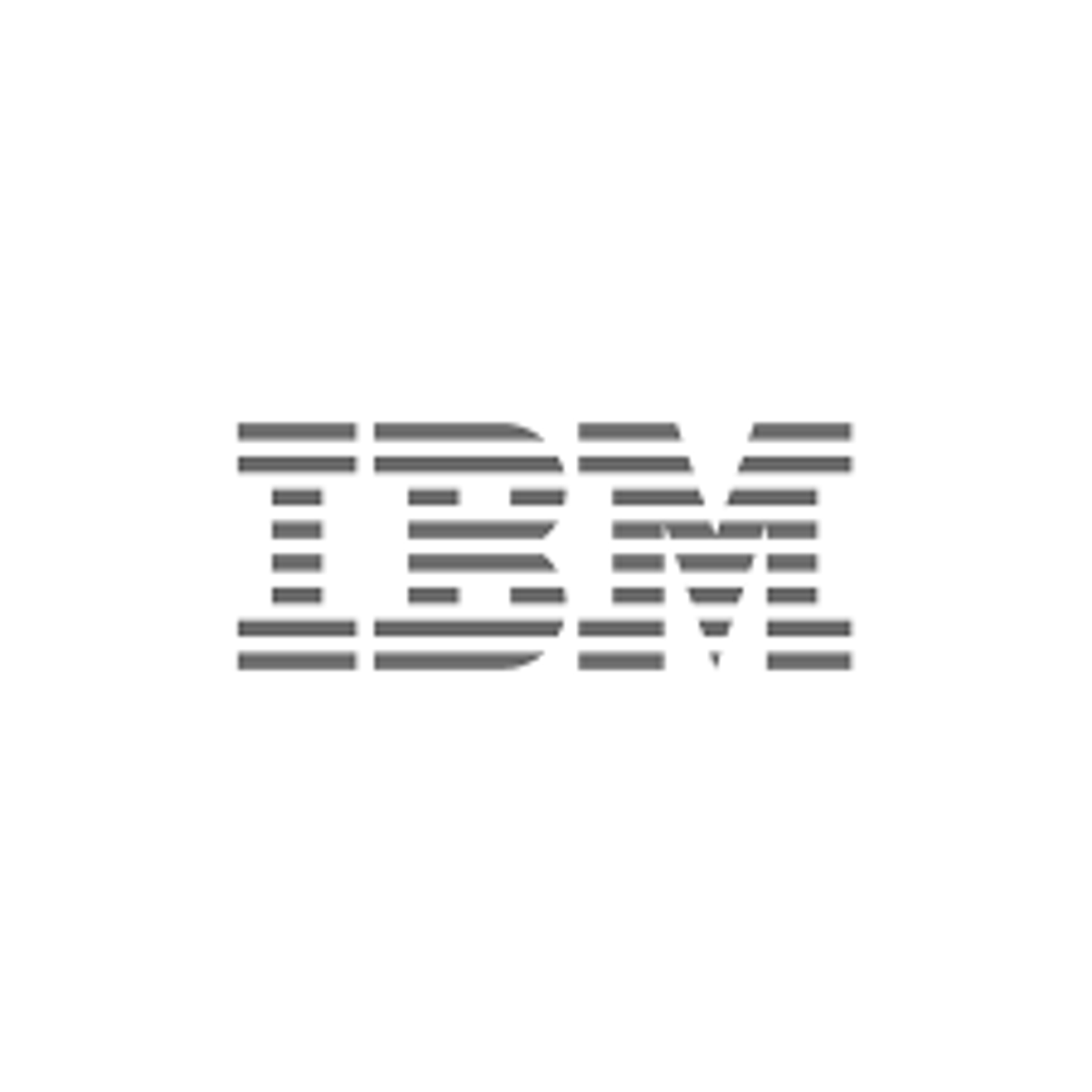


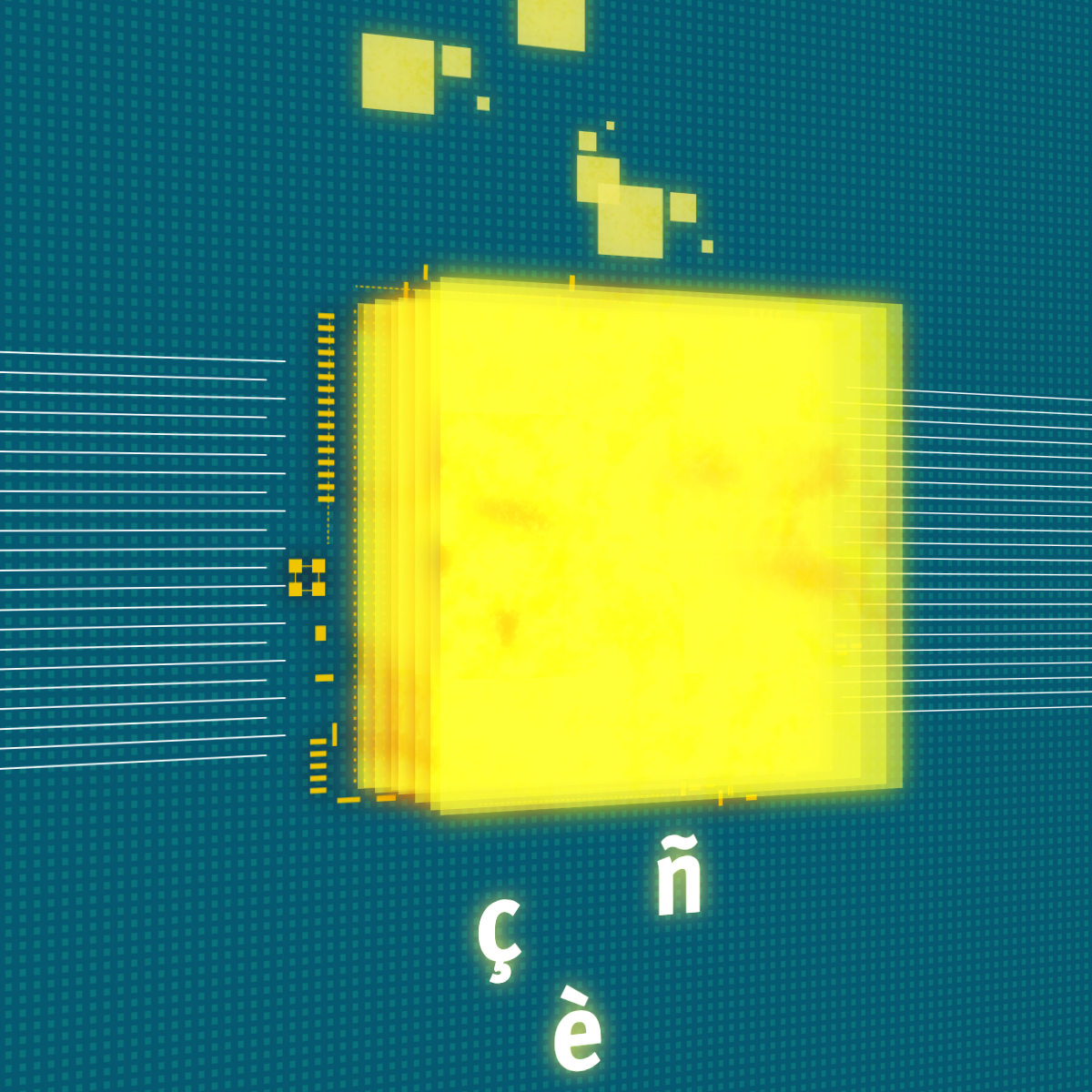

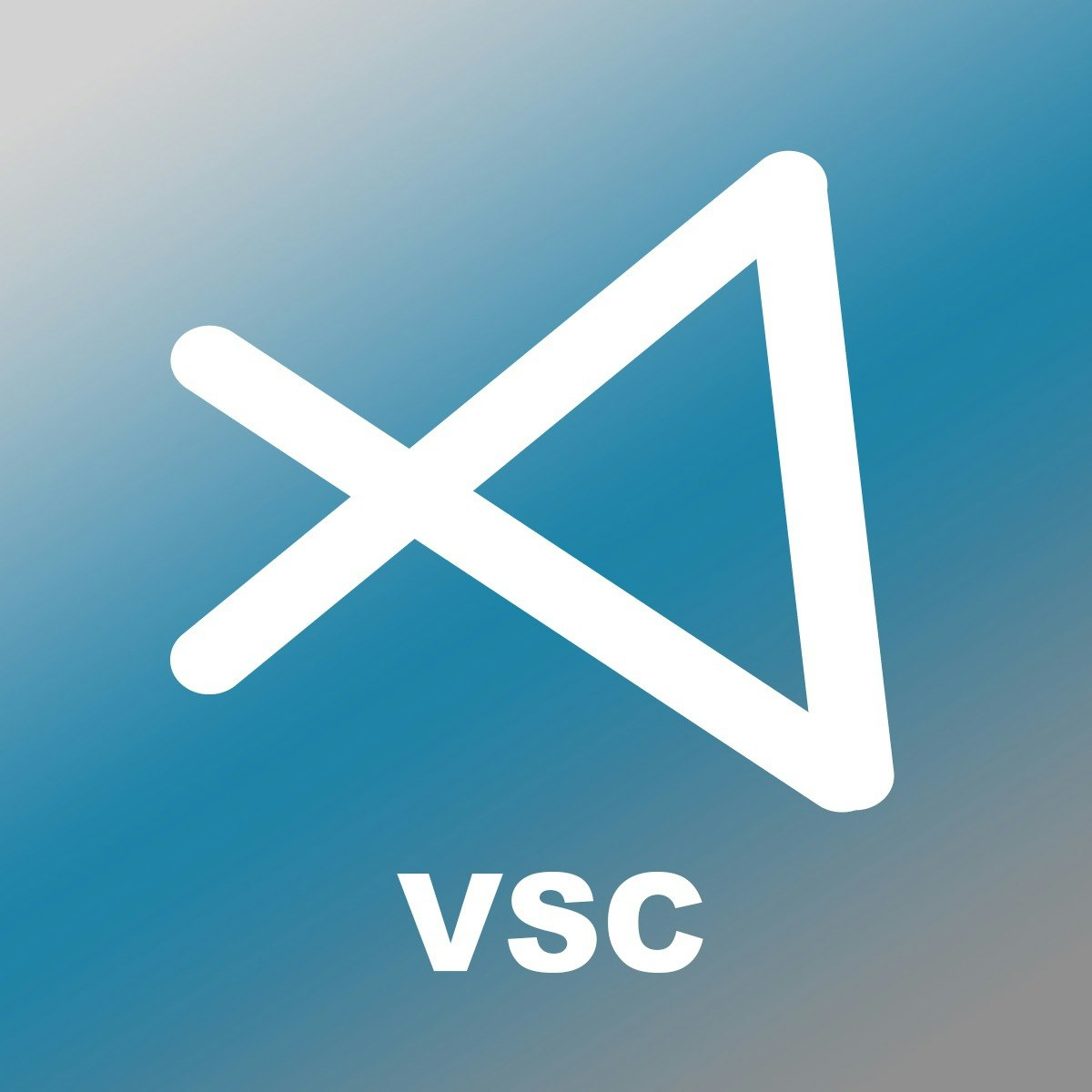

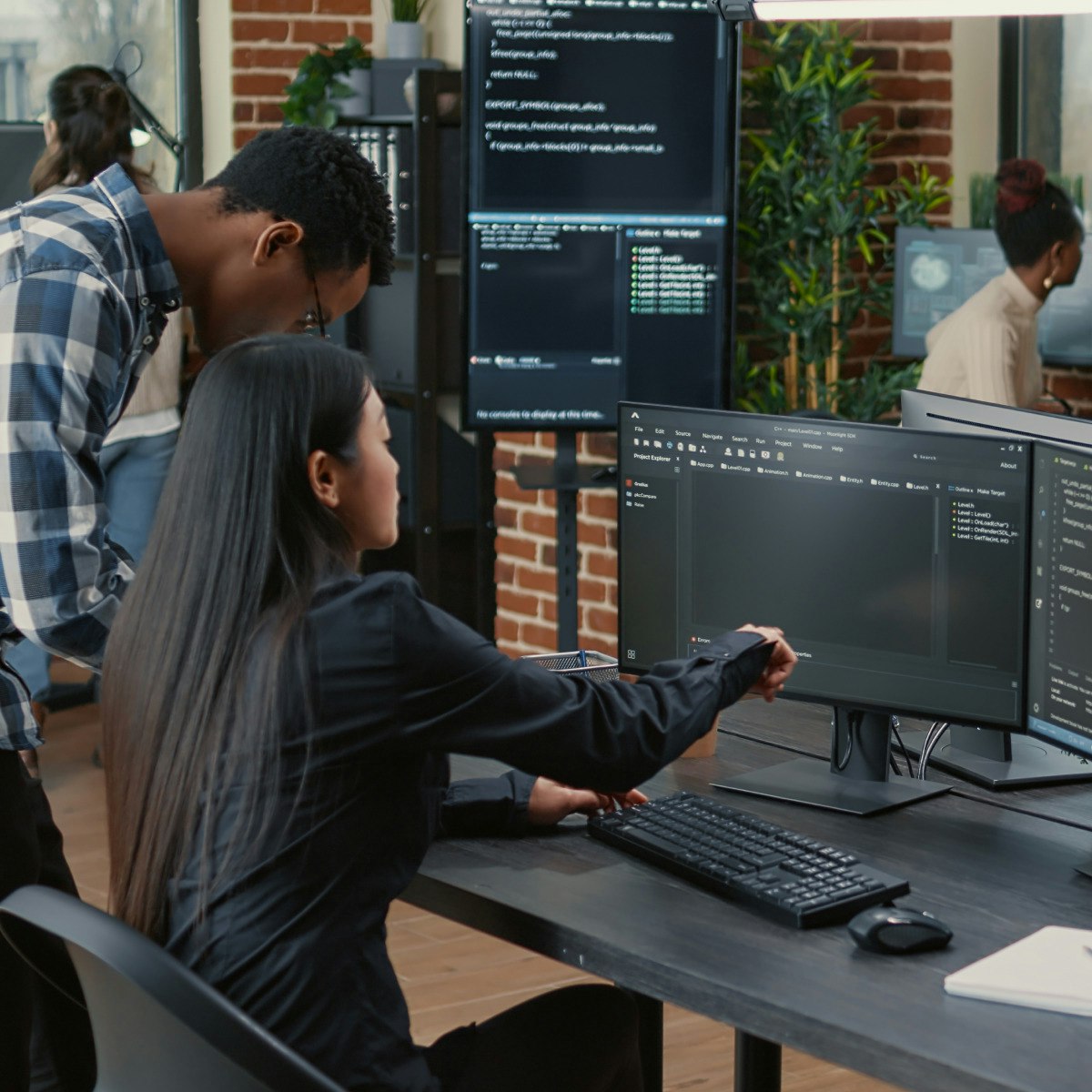
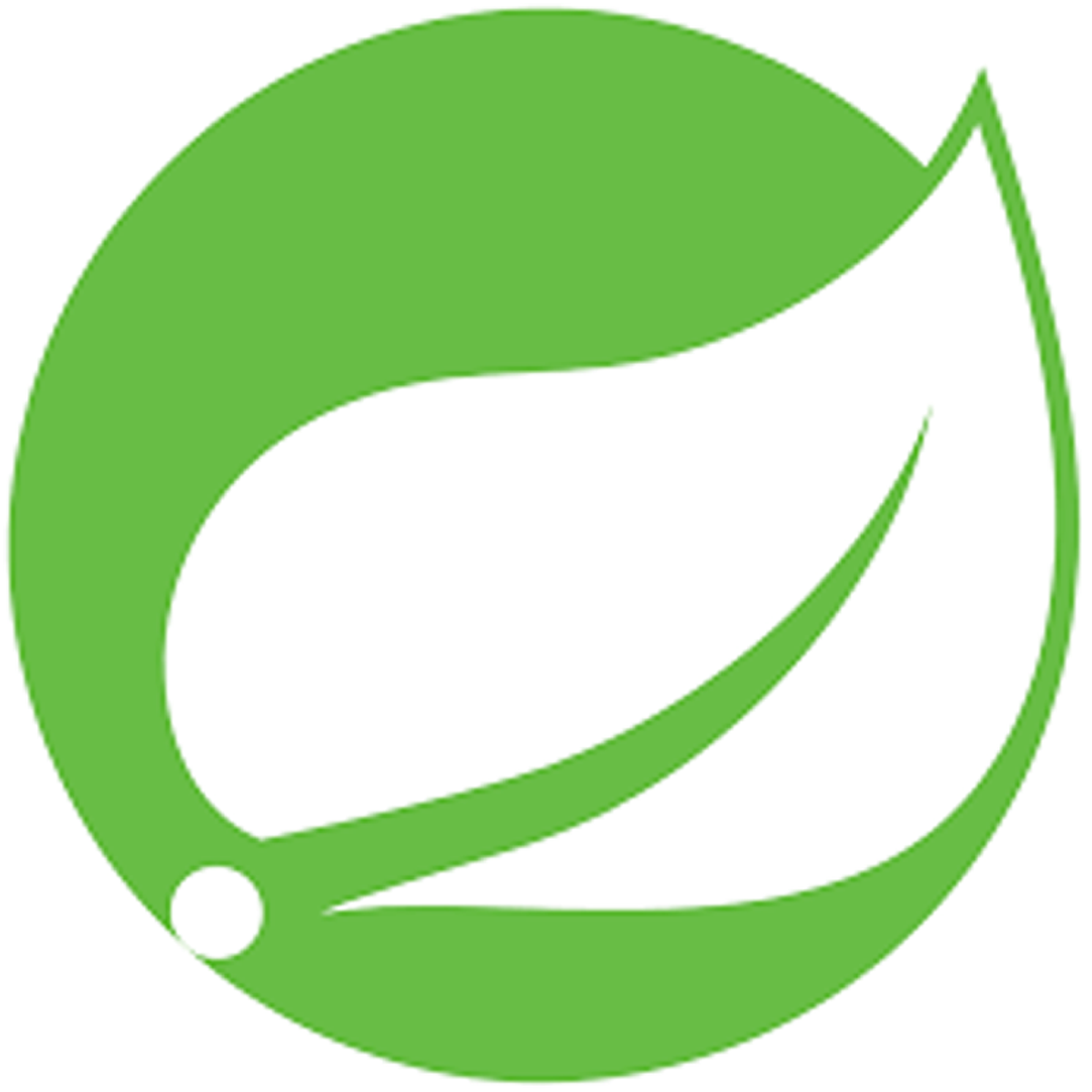

Software Development Courses - Page 15
Showing results 141-150 of 1266

Linux System Administration with IBM Power Systems
This course introduces administrative tasks that a system administrator can perform with Linux hosted on IBM Power servers. This includes virtualization concepts such as logical partitioning, installation of Linux, command-line operations, and more interesting administration and device management tasks.
This course includes hands-on exercises with systems from an IBM data center.

Tencent Cloud Practitioner
This course is primarily aimed at cloud professionals who are interested in learning about Tencent Cloud's products and services. It equips learners with a foundational knowledge in cloud computing and prepares them to take the Tencent Cloud Practitioner examination. After completing this course, learners will be able to explain the different features, advantages, uses cases, and billing methods of several core Tencent Cloud products.

Learn to Teach Java: ArrayLists and 2D Arrays
Learn to program with ArrayLists and 2-D Arrays in Java, and prepare to teach others using the free, online interactive CS Awesome textbook. In this course for teachers we'll guide you both in learning Java concepts and skills but also in how to effectively teach those to your students.
This course will support you in teaching the Advanced Placement Computer Science A course or a similar introductory university-level programming course. We'll cover the Java concepts of ArrayLists and 2-dimensional arrays, as covered in the APCS A Units 7 and 8. Each topic will begin by relating Java to block-based programming languages and then provide video overviews of CS Awesome content along with additional materials to supplement learning for your students.
You'll engage with additional materials to support your teaching including "deep dive" classroom discussion questions, assessment overviews, code tracing and problem solving skills for your students, including preparation for free response coding questions.

Customising your models with TensorFlow 2
Welcome to this course on Customising your models with TensorFlow 2!
In this course you will deepen your knowledge and skills with TensorFlow, in order to develop fully customised deep learning models and workflows for any application. You will use lower level APIs in TensorFlow to develop complex model architectures, fully customised layers, and a flexible data workflow. You will also expand your knowledge of the TensorFlow APIs to include sequence models.
You will put concepts that you learn about into practice straight away in practical, hands-on coding tutorials, which you will be guided through by a graduate teaching assistant. In addition there is a series of automatically graded programming assignments for you to consolidate your skills.
At the end of the course, you will bring many of the concepts together in a Capstone Project, where you will develop a custom neural translation model from scratch.
TensorFlow is an open source machine library, and is one of the most widely used frameworks for deep learning. The release of TensorFlow 2 marks a step change in the product development, with a central focus on ease of use for all users, from beginner to advanced level.
This course follows on directly from the previous course Getting Started with TensorFlow 2. The additional prerequisite knowledge required in order to be successful in this course is proficiency in the python programming language, (this course uses python 3), knowledge of general machine learning concepts (such as overfitting/underfitting, supervised learning tasks, validation, regularisation and model selection), and a working knowledge of the field of deep learning, including typical model architectures (MLP, CNN, RNN, ResNet), and concepts such as transfer learning, data augmentation and word embeddings.

Creating Routing Policies to Handle Traffic with AWS Route53
In this 2-hour long project based course, we will look at how to handle and divert website traffic to multiple servers using Routing Policies in AWS Route 53. We will look at how you can configure different types of Routing Policies. We will start off with Simple Routing Policy which can be used to divert traffic to multiple servers / IP’s randomly. Then we will look at Weight Routing Policy which allows you to split your traffic based on different weights assigned.
We will then move on to Latency-based Routing which allows you to route your traffic based on the lowest network latency for your end user (fastest response time). Then we will learn to create an active/passive set up using Failover Routing Policy where you can have a primary website and a secondary Disaster Recovery site..
We will then look at Geolocation Routing Policy which will send your traffic to various servers based on the Geographic location of your users which can for example allow for custom sites based on user location. Finally, we will see Multi-Value Answer Policy which lets you configure Route53 to return multiple values along with health checks.
Note: This course works best for learners who are based in the North America region. We’re currently working on providing the same experience in other regions.

Configure Your IDE with Visual Studio Code
In this 1 hour guided project, you will learn how to configure your IDE (integrated development environment) with Visual Studio Code. This project was designed with beginners in mind. You do not need extensive development knowledge to follow along. Although we will set up a development environment for various programming languages. However, you can apply the same principle to set up for other languages. We will only focus on configuring Visual Studio Code and NOT the particulars writing code.

Support Vector Machines in Python, From Start to Finish
In this lesson we will built this Support Vector Machine for classification using scikit-learn and the Radial Basis Function (RBF) Kernel. Our training data set contains continuous and categorical data from the UCI Machine Learning Repository to predict whether or not a patient has heart disease.
This course runs on Coursera's hands-on project platform called Rhyme. On Rhyme, you do projects in a hands-on manner in your browser. You will get instant access to pre-configured cloud desktops containing all of the software and data you need for the project. Everything is already set up directly in your Internet browser so you can just focus on learning. For this project, you’ll get instant access to a cloud desktop with (e.g. Python, Jupyter, and Tensorflow) pre-installed.
Prerequisites:
In order to be successful in this project, you should be familiar with programming in Python and the concepts behind Support Vector Machines, the Radial Basis Function, Regularization, Cross Validation and Confusion Matrices.
Notes:
- You will be able to access the cloud desktop 5 times. However, you will be able to access instructions videos as many times as you want.
- This course works best for learners who are based in the North America region. We’re currently working on providing the same experience in other regions.

Introduction to Software, Programming, and Databases
There are many types of software and understanding software can be overwhelming. This course aims to help you understand more about the types of software and how to manage software from an information technology (IT) perspective. This course will help you understand the basics of software, cloud computing, web browsers, development and concepts of software, programming languages, and database fundamentals.
After completing this course, you will have a better understanding of software processes, and you'll be more confident in your understanding of using and securing your applications.
In this course, you'll learn about software that ranges from the operating system running on your mobile phone to the applications that run databases on your computer at work. You'll also begin to understand more about installing and managing web browsers, using extensions and plug-ins, and keeping web browsers secure and updated.
Additionally, you'll see how cloud-based technologies can help businesses create and deploy applications more quickly. This course will also teach you about the development and delivery of software and applications. By the end of the course, you'll understand simple programming concepts and types, and you'll become more familiar with the fundamentals of database management.

Spring MVC, Spring Boot and Rest Controllers
This is a course aimed at students wishing to develop Java based Web Applications and Restful Micro Services using the very popular Spring MVC and Spring Boot frameworks with minimal configuration. The student will develop services through various Url templates, consume and respond with json or XML payloads and create custom HTTP headers. Requestors of these services will include Java and Angular JS clients to illustrate the reuse capabilities of services in a distributed architecture. Traditional web applications will also be covered that render web pages in a typical Model View Controller (MVC) architecture. This is a very hands on course with a series of labs to illustrate the key concepts.

Deploying Java-Maven Application With Jenkins CI/CD Tool
Jenkins is a powerful and flexible automation tool; It is used to automate almost anything.
It’s free and open source
It has a strong community with thousands of plugins you can use
Jenkins is used in a lot of companies, from startups to enterprises
In this guided project through hands-on, practical experiences, you will go through concepts like --
1. Deploying Java-Maven application using Jenkins freestyle
2. Deploying Java-Maven application using Jenkins DSL and Jenkins Pipelines (Jenkinsfile). Jenkins Pipeline is a new way of using Jenkins, the DevOps way!
3. Triggers in Jenkins
If you are starting your DevOps journey, Jenkins is a must-have skill.
Popular Internships and Jobs by Categories
Find Jobs & Internships
Browse
© 2024 BoostGrad | All rights reserved